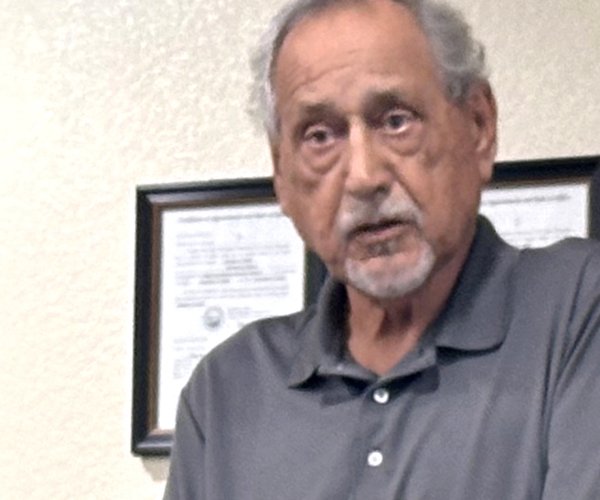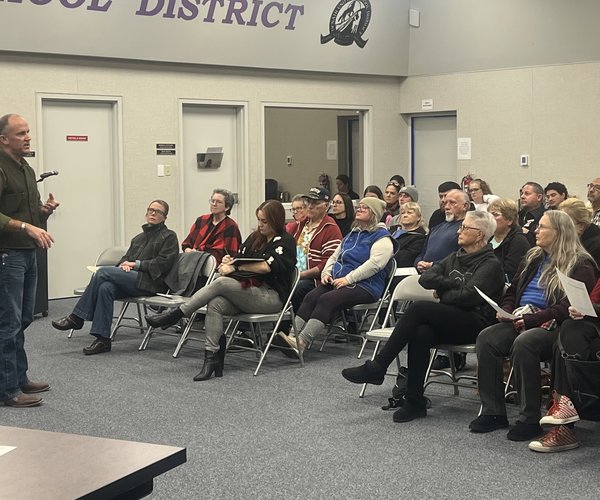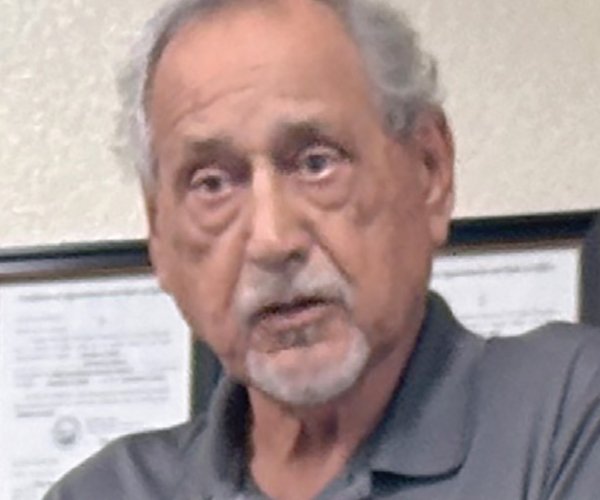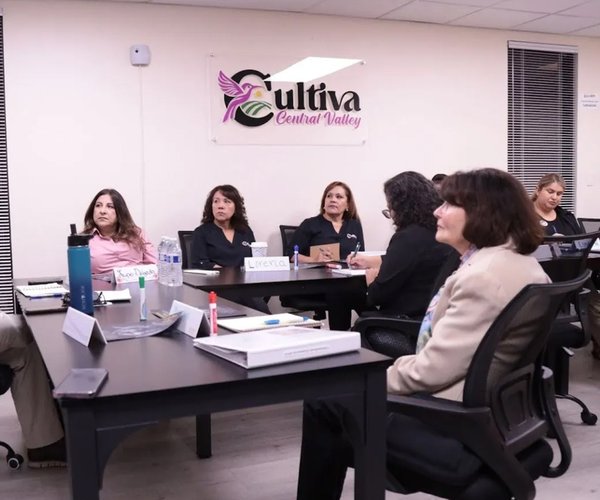Sheriff Adam Christianson announced last year that he will not seek re-election, an action which has since attracted the candidacies of three. The sheriff, however, has thrown his support behind Jeffrey Dirkse, a lieutenant with the Sheriff's Department. Stanislaus County voters will choose the next sheriff on June 5.
Three want to be sheriff
Alanis, Dirkse, Letras seek Christiansons job





